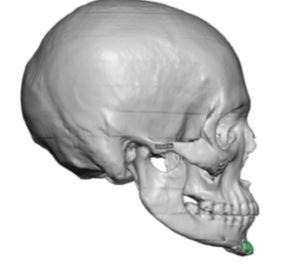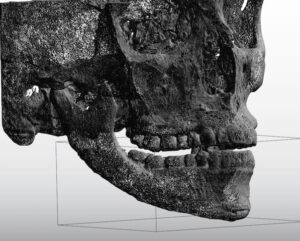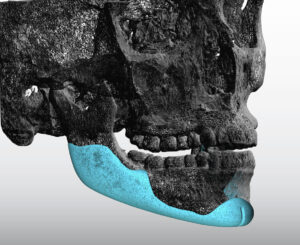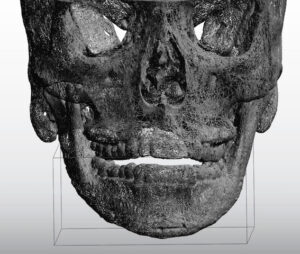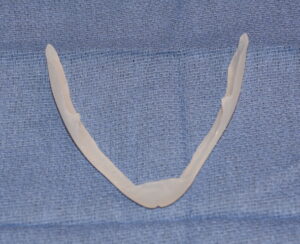Lower facial reshaping by jaw reduction, also known as v line surgery, is a well known procedure that historically has been mainly used in Asian patients. But its use has expanded and has spread and is now being used in females of many different ethnicities and lower jaw shapes. While it can be a very effective procedure in many patients to create a slimmer and more streamlined lower face.
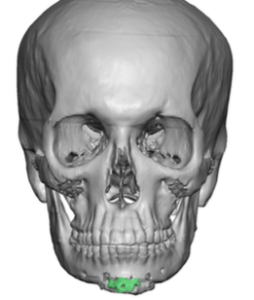
Second, like many different types of augmentative and reductive facial bone procedures, some patients can exhibit regret in the way their new face looks. I rarely have seen a patient who has had computer imaging of what the predicted outcome would be from v line surgery. Not that this would always prevent such outcomes but looking at other patient results and then seeing on your own face can turn out to be different than what one thought it would be.
The third reason is that loss of jaw bone support and the wide stripping of the soft tissues from the bone to perform the procedure can, and often does, result in some soft tissue sag. While often not of a major consequence it can be an aesthetic tradeoff that some patients do not like.
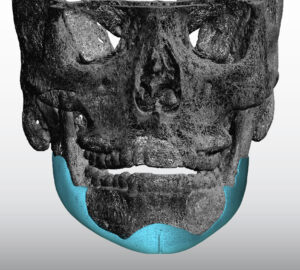
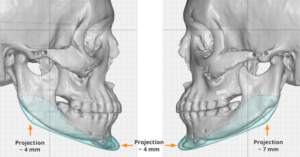
The chin part of v line surgery is a very different situation than the bone that has been removed behind it. The classic t-shaped bony genioplasty usually narrows the chin and often brings it further forward. Whether chin width needs to be restored and/or brought further forward will vary for each patient. Some may need to have the entire jawline restored while others may not need to have the chin changed at all.

Dr. Barry Eppley
Indianapolis, Indiana




